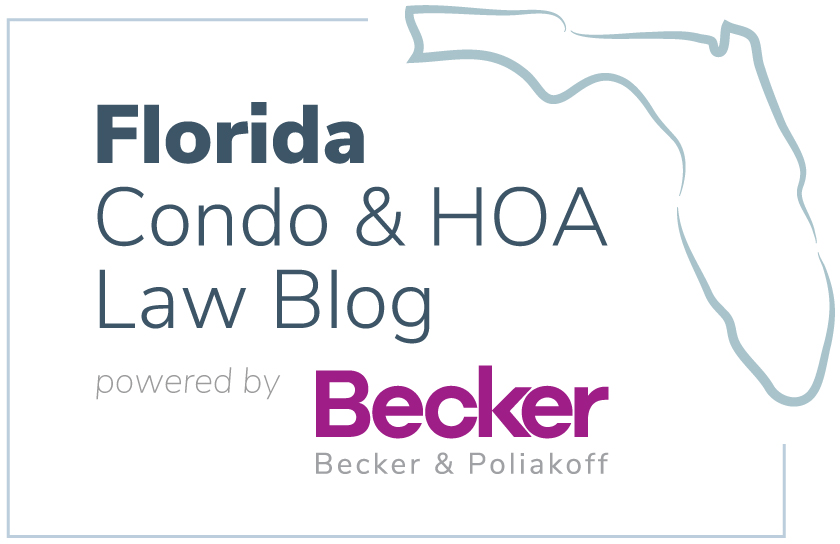
Speeding is a big problem for many community associations — a problem that is not always easily addressed or corrected. How can your board slow the speed of traffic in your community?
If your association does not currently have traffic rules, you may be able to rely on a nuisance provision in your Declaration. Alternatively, if your board has the authority to adopt rules and regulations regarding the common areas, the board can adopt traffic rules at a duly noticed board meeting. To enforce the rules, the association has a variety of enforcement tools available, including sending warning letters, notices of violation, fining, suspension of use rights, or further legal action.
Fining is the most common “enforcement tool” that is utilized to curb speeding, for associations who monitor speeding. Fining is most effective when pursued against owners/residents in the community. It is more difficult for an association to pursue fines against visitors, guests, invitees, or contractors who speed. So, for the most part, most associations that pursue fines for speeding opt to only pursue fines against owners/residents who speed. Anytime an association intends to fine an owner or resident, the process and procedures for fining must comply with the statute. Therefore, it would require the board to establish a fining committee (if your community does not already have a committee in place). Notice must be provided to the owner or resident of the violation and the owner or resident must be provided with an opportunity to be heard in front of a fining committee.
For those communities who do not want to impose fines, there are a variety of other enforcement tools available, including sending warning letters, notices of violation, suspension of use rights, or further legal action (such as seeking injunctive relief). When it comes to either fining or the suspension of use rights the association must follow the statutory procedure described above. An additional method of enforcement would be through an agreement with the county which would authorize a local law enforcement agency to enforce state traffic laws on the association’s private roads. Section 316.006, Florida Statutes, authorizes local law enforcement agencies to enforce state traffic laws on the private roads of associations pursuant to an agreement between the association and law enforcement. It requires a majority vote of the board of directors of a homeowners’ association to elect to have state traffic laws enforced by local law enforcement agencies on private roads that are controlled by the association.
There are other practical concerns with regard to enforcement against speeders, most notably, evidence of speeding. How can your board of directors “prove” that a vehicle is speeding? Depending on the speed of the vehicle, it could be established simply by the testimony of the person who saw the car speeding. Some communities have purchased equipment that monitors speed and that can also take photos or videos of the speeding vehicle. If your community is considering purchasing a speed gun, it should be noted that there is an administrative rule that deals with “speed measuring devices”. This rule provides that evidence of the speed of a vehicle measured by a radar speed measuring device is inadmissible in “any proceeding with respect to an alleged violation of provisions of law regulating lawful speed of vehicles” unless such evidence of speed is obtained by a law enforcement officer who meets certain requirements, including the satisfactory completion of certain training courses. The rule also requires a visual determination that the vehicle was speeding and a written citation based on evidence obtained from an approved speed measure device. Also, the particular speed measuring device must meet specifications and must be tested in accordance with other procedural rules related to the testing of speed measuring devices.
Slowing traffic helps promote a more relaxed residential environment and as you can see there are various options available. An association need not choose one however to the exclusion of all others. The key is be consistent and properly apply the various options chosen.


